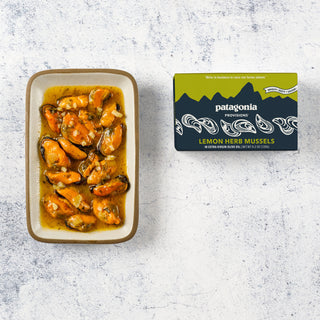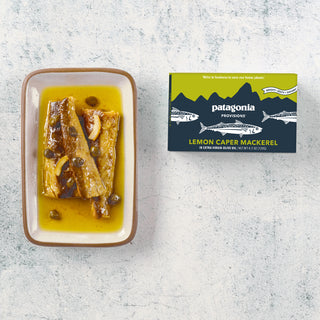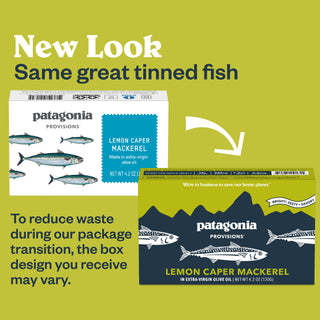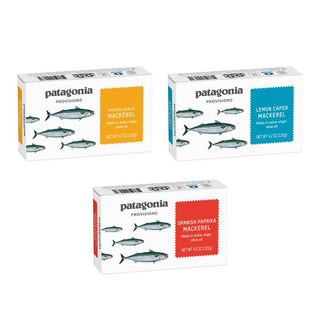Recycling wasn’t invented in Berkeley. It was born in nature, where leaves and twigs that fall to the earth are broken down by microbes to become fertile ground for new plant life.
The goal of an at-home compost pile is to accelerate that natural loop using organic waste from your own kitchen and garden. By composting, you keep organic matter from going to the landfills (where it produces methane). You're also rewarded with a nutrient-dense amendment to add to garden beds for rich, living soil and strong, healthy crops. Brought into your kitchen, those vegetables feed you—and your microbiome—well, and the cycle continues.
Bonus tip for small spaces:
To compost in an urban area, try a store-bought worm bin, small enough to fit on a patio. You add food scraps to the bin, which are eaten by an efficient population of worms (usually red worms, available online or at some nurseries). The worms’ digestion produces vermicompost, a rich soil amendment for plants.
ILLUSTRATIONS BY WILLIAM MILLER















